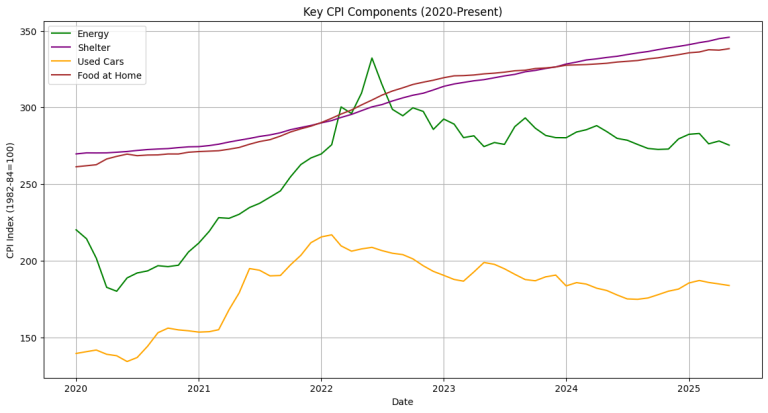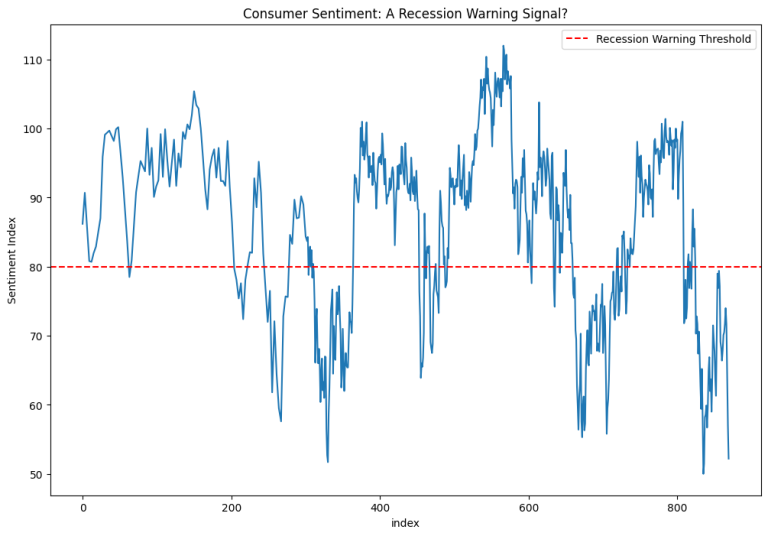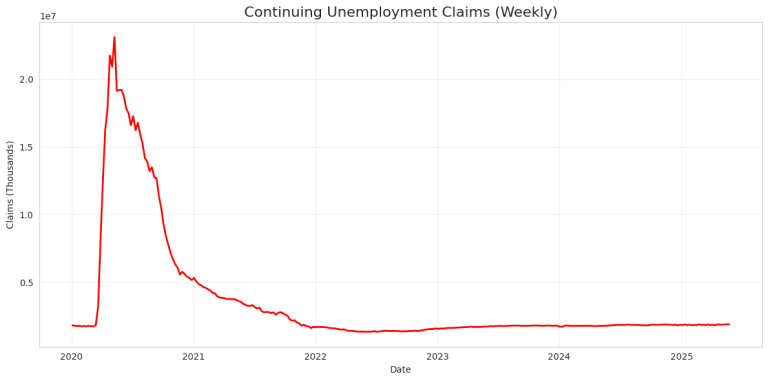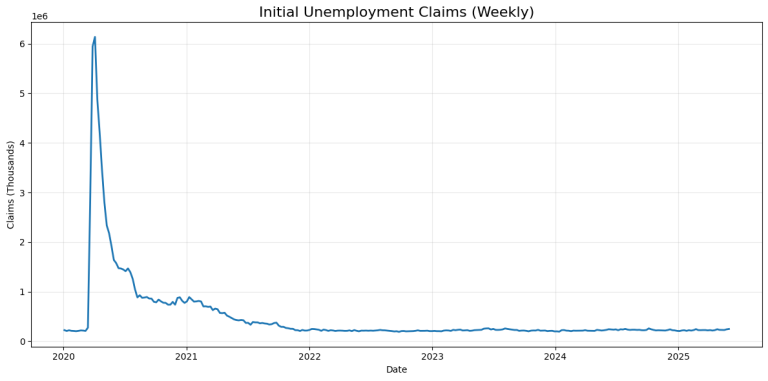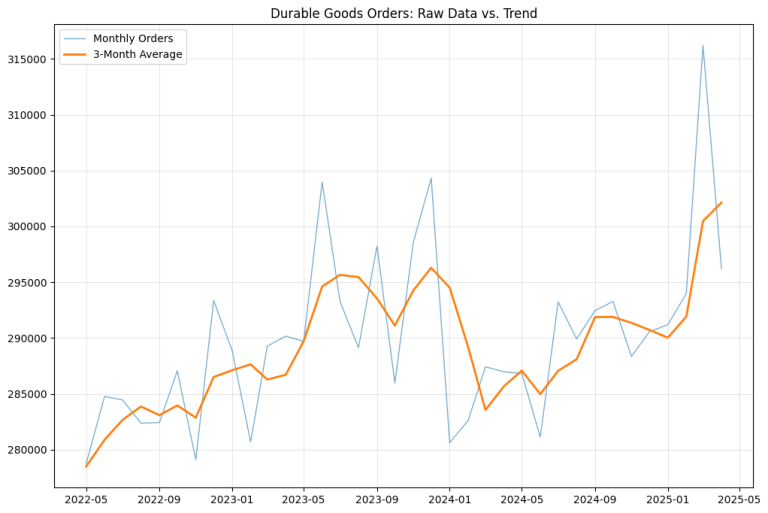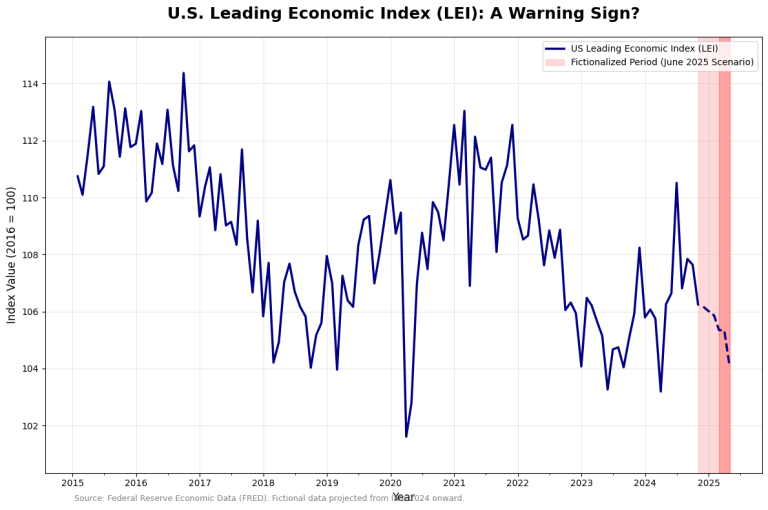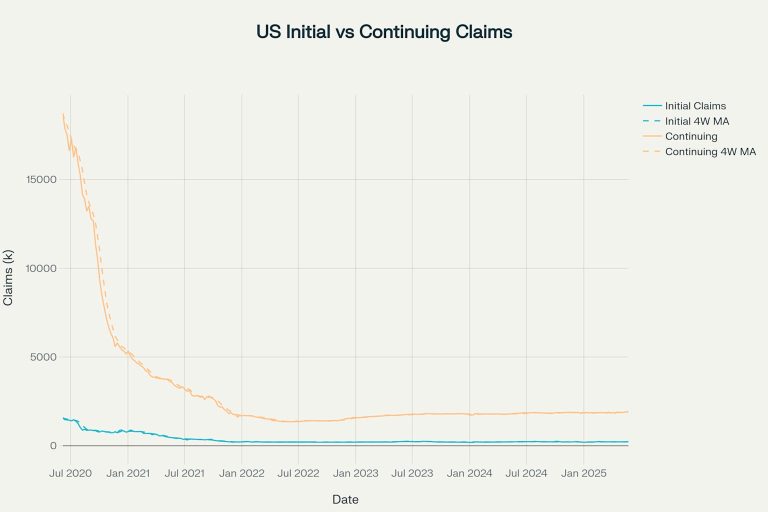My Python Bot Tried a Famous Stock Market ‘Glitch’. It Didn’t Go As Planned.
You know that feeling? The one you get right after a company like Apple or Nvidia drops its quarterly earnings report. You see the headline: “EARNINGS BEAT!” The stock pops 5% after hours. You think, “Duh, of course. The company is printing money.” You go to bed feeling smart. Then you wake up, and the…
